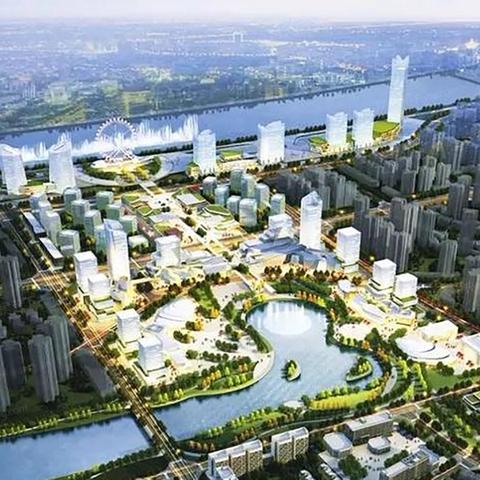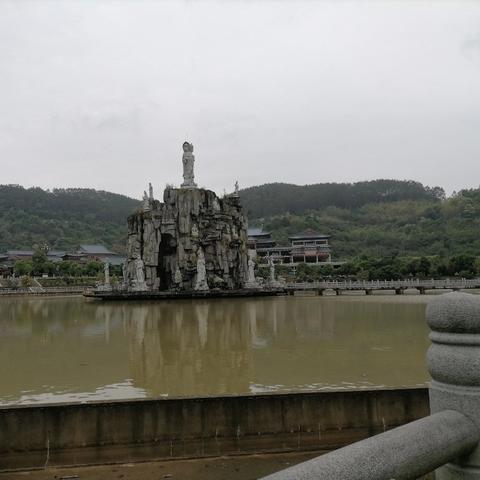The Official Statement: A Detailed Explanation of the New vs. Traditional Industry Paradigm
The comparison between the support for emerging industries and the reduction of traditional industry capacity is a contentious issue in the economic landscape. The transformation of economies requires a delicate balance between nurturing innovation and streamlining manufacturing, and the government's policies play a pivotal role in this equation. This article aims to dissect the government's stance on these issues, focusing on two key aspects: the support for emerging industries and the de-capacity of traditional industries.
Emerging Industries: A Focus on Innovation and Growth
Emerging industries, characterized by the infusion of new technologies and ideas, are the driving force behind future economic growth. The official stance is to foster these sectors by providing a robust framework of support that includes tax incentives, financial subsidies, and research grants. These measures are designed to encourage both innovation and investment in these sectors, which are seen as pivotal to countering current market stagnation and propelling the economy into new frontiers of growth.
Emerging sectors are ripe with potential, from digital technology to renewable energy, and the government's active role is to catalyze the creation of innovative solutions that can leverage these new advancements
The government also places emphasis on providing resources for educational and training programs that align with these emerging industries. It's an investment in human capital to ensure a workforce capable of keeping pace with rapid changes in technology and business practices, thereby bolstering the nation's competitiveness on a global scale.
De-Capacity in Traditional Industries: A Necessity for Economic Sustainability
While emerging industries are eyed as the future, traditional industries must be managed to prevent economic inefficiencies. Governments worldwide face the challenge of addressing overcapacity in traditional sectors, where excess production capabilities lead to uncompetitiveness and environmental strain. The official narrative seeks to tackle this issue through regulatory and market-driven approaches.
Efforts to reduce overcapacity in traditional industries are crucial for environmental conservation, the protection of natural resources, and the enhancement of economic stability. Strategic de-capacity targets those sectors that are not sustainable in the long term, focusing on streamlining and modernizing processes to align with efficient and sustainable practices.
Governments often implement measures such as quotas, taxes, or subsidies to incentivize or强制 factories to reduce production. These policies aim to shift resources towards more efficient and sustainable sectors, thereby aiding in the transition to a greener and more competitive economy.
Balancing new industries and traditional sectors
The relationship between emerging and traditional industries is complex. The government's policy reflects a delicate balancing act between stimulating new growth and reducing the burden of overcapacity. The strategy is not a zero-sum game but rather a holistic approach to economy management that acknowledges the historic roles traditional industries have played while emphasizes the future potential of emerging industries.
Balancing these two sectors involve policies such as phasing out inefficient operations in traditional industries while skillfully integrating the knowledge and capital from these sectors into burgeoning fields, thereby minimizing disruption to workers and communities.
Furthermore, the government's effort to incorporate technological advances in traditional industries can lead to revitalization and modernization, rather than complete displacement. This approach bridges the gap between the old and the new, ensuring that traditional sectors can contribute to the overall economic ecosystem in a sustainable manner.
The Road Ahead
Looking ahead, government policies will need to remain adaptive and visionary. Technological disruptions and global economic shifts will continually reshape the landscape, necessitating flexible strategic planning. continued support for emerging industries will keep the economy on the cutting edge of global competition, while efforts to rationalize capacity in traditional sectors will maintain economic health and environmental integrity.
The roadmap involves the centralization of resources to accelerate technological advancements, encourage research and development, and promote collaboration between public and private sectors. As traditional industries adapt and evolve, their reconfigured contributions to the economy will be instrumental in ensuring long-term stability and sustainability.
Ultimately, the government's approach to fostering emerging industries and managing traditional industry capacity is a testament to dynamic economic thinking, where precision and vision are applied to create a thriving future for all sectors.














 琼ICP备2023003230号-1
琼ICP备2023003230号-1
还没有评论,来说两句吧...